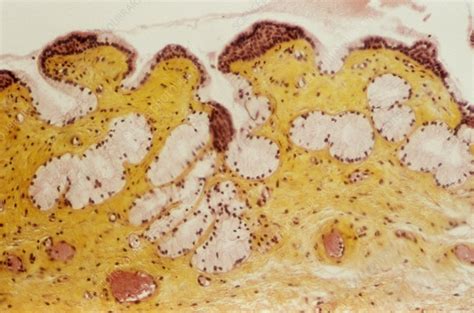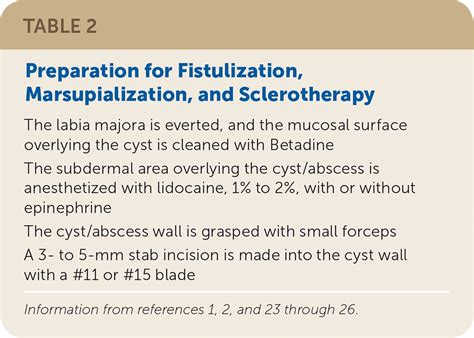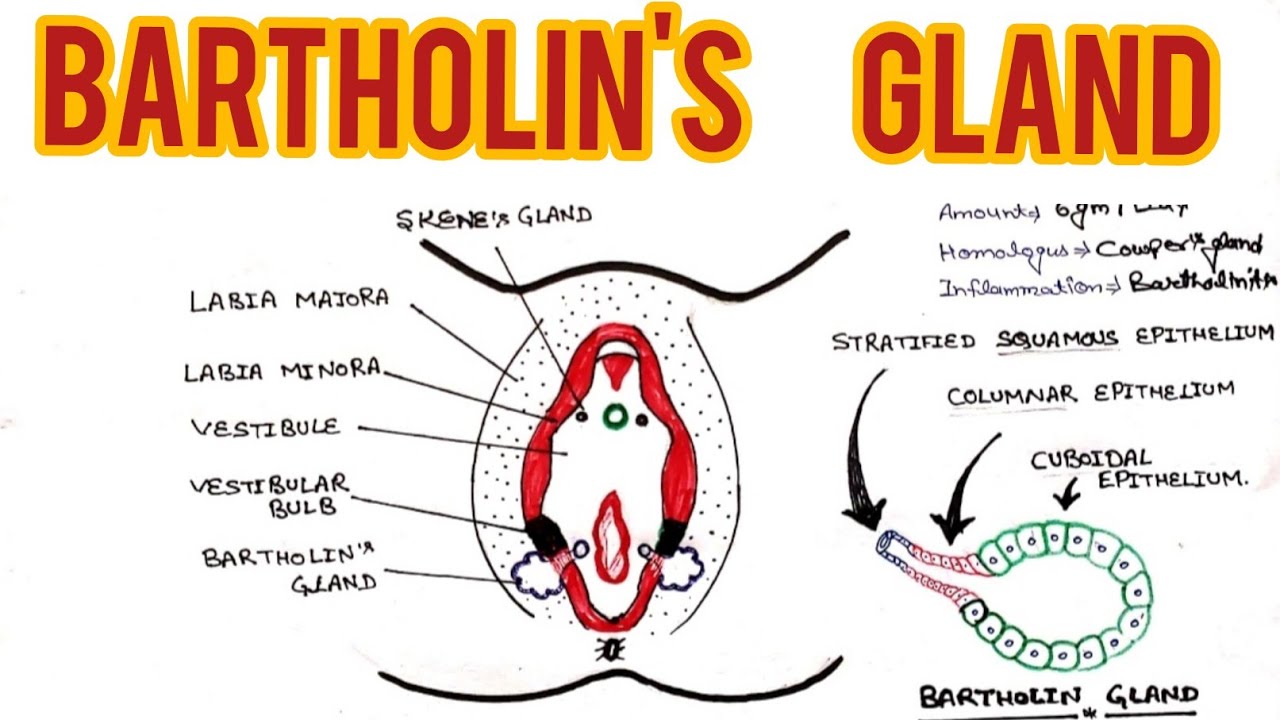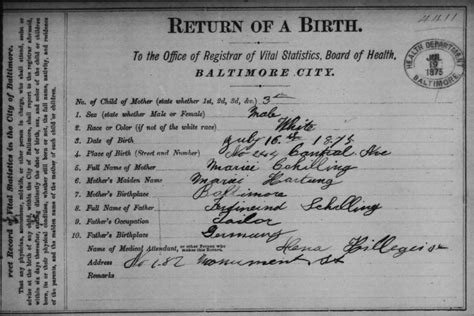The Bartholin glands, located on each side of the vaginal opening, play a crucial role in vaginal health by secreting fluids that help maintain moisture and lubrication. However, issues can arise when these glands become blocked, leading to the formation of a Bartholin cyst. A Bartholin cyst is a fluid-filled sac that can cause discomfort, pain, and swelling in the affected area. When such a cyst becomes symptomatic or infected, medical intervention may be necessary, and one of the treatment options is Bartholin cyst removal.
Understanding Bartholin Cysts

Before delving into the removal process, it’s essential to understand what Bartholin cysts are and how they form. These cysts occur when the ducts of the Bartholin glands become obstructed, causing the secreted fluid to accumulate and form a cyst. The blockage can be due to various reasons, including infection, injury, or simply a natural blockage without any underlying cause. While many Bartholin cysts are small and do not cause symptoms, larger cysts can lead to significant discomfort, pain during sexual intercourse, and difficulty walking or sitting.
Symptoms and Diagnosis

The symptoms of a Bartholin cyst can vary from person to person but commonly include a visible lump or swelling near the vaginal opening, pain that can range from mild to severe, and possibly an infection, which can introduce additional symptoms like redness, warmth, and pus. Diagnosis typically involves a physical examination by a healthcare provider, who will look for the characteristic lump and may perform a biopsy if there’s suspicion of an abnormal cell growth or infection.
Treatment Options
The approach to treating a Bartholin cyst depends on the size of the cyst, the presence of symptoms, and whether the cyst is infected. For small, asymptomatic cysts, observation might be recommended, potentially accompanied by warm compresses to encourage the cyst to drain on its own. For symptomatic or infected cysts, treatment options include:
- Antibiotics: If the cyst is infected, antibiotics may be prescribed to treat the infection.
- Drainage Procedures: This can involve making a small incision to drain the cyst, sometimes followed by the insertion of a small catheter (a Word catheter) to keep the incision site open, allowing it to heal from the inside out.
- Marsupialization: A surgical procedure where the cyst is drained and then the edges of the cyst wall are sutured to the vaginal lining, creating a new, permanent opening for the gland to drain.
Bartholin Cyst Removal
In some cases, especially for recurrent cysts or those that do not respond to other treatments, surgical removal of the Bartholin cyst may be considered. This procedure involves surgically excising the cyst and, in some instances, the entire Bartholin gland. The decision to remove the gland is typically made on a case-by-case basis, considering factors such as the patient’s overall health, the severity of symptoms, and the presence of any infection.
Surgical Procedure
The surgical removal of a Bartholin cyst can usually be performed under local anesthesia in an outpatient setting. The procedure begins with cleansing the area and administering local anesthesia to minimize discomfort. The surgeon then makes an incision over the cyst, carefully dissecting and removing the cyst and, if necessary, the Bartholin gland. The incision site is closed with sutures, and the patient is provided with post-operative care instructions to promote healing and reduce the risk of complications.
Recovery and Aftercare
After Bartholin cyst removal, patients typically experience some discomfort, swelling, and bruising in the affected area, which can be managed with pain medication and warm compresses. It’s essential to follow the surgeon’s instructions regarding wound care, activity level, and sexual activity to ensure proper healing and minimize the risk of infection or complications.
Risks and Complications
As with any surgical procedure, there are risks and potential complications associated with Bartholin cyst removal, including infection, bleeding, and damage to surrounding tissues. Additionally, removing the Bartholin gland can potentially affect vaginal lubrication, although this is usually not significant enough to cause long-term issues.
Conclusion

Bartholin cyst removal is a treatment option for individuals experiencing symptoms or complications from a Bartholin cyst. Understanding the procedure, its benefits, and potential risks is crucial for making informed decisions about one’s health. If you are experiencing symptoms of a Bartholin cyst or have concerns about vaginal health, consulting a healthcare provider is the first step towards diagnosis, treatment, and relief.
What are the symptoms of a Bartholin cyst?
+The symptoms can include a visible lump or swelling near the vaginal opening, pain that can range from mild to severe, and possibly signs of infection such as redness, warmth, and pus.
How is a Bartholin cyst diagnosed?
+Diagnosis typically involves a physical examination by a healthcare provider, who will look for the characteristic lump and may perform a biopsy if there’s suspicion of an abnormal cell growth or infection.
What are the treatment options for a Bartholin cyst?
+Treatment options include observation for small, asymptomatic cysts, antibiotics for infected cysts, drainage procedures, marsupialization, and in some cases, surgical removal of the cyst or the entire Bartholin gland.
What is involved in the surgical removal of a Bartholin cyst?
+The procedure involves surgically excising the cyst and, in some instances, the entire Bartholin gland under local anesthesia, followed by closure of the incision site and post-operative care instructions.
What are the potential risks and complications of Bartholin cyst removal?
+Potential risks and complications include infection, bleeding, damage to surrounding tissues, and potentially affects on vaginal lubrication, although the latter is usually not significant.
How long does it take to recover from Bartholin cyst removal surgery?
+Recovery time can vary but typically involves several days to a week of rest, avoiding strenuous activities, and following the surgeon’s post-operative care instructions to promote healing and reduce the risk of complications.



